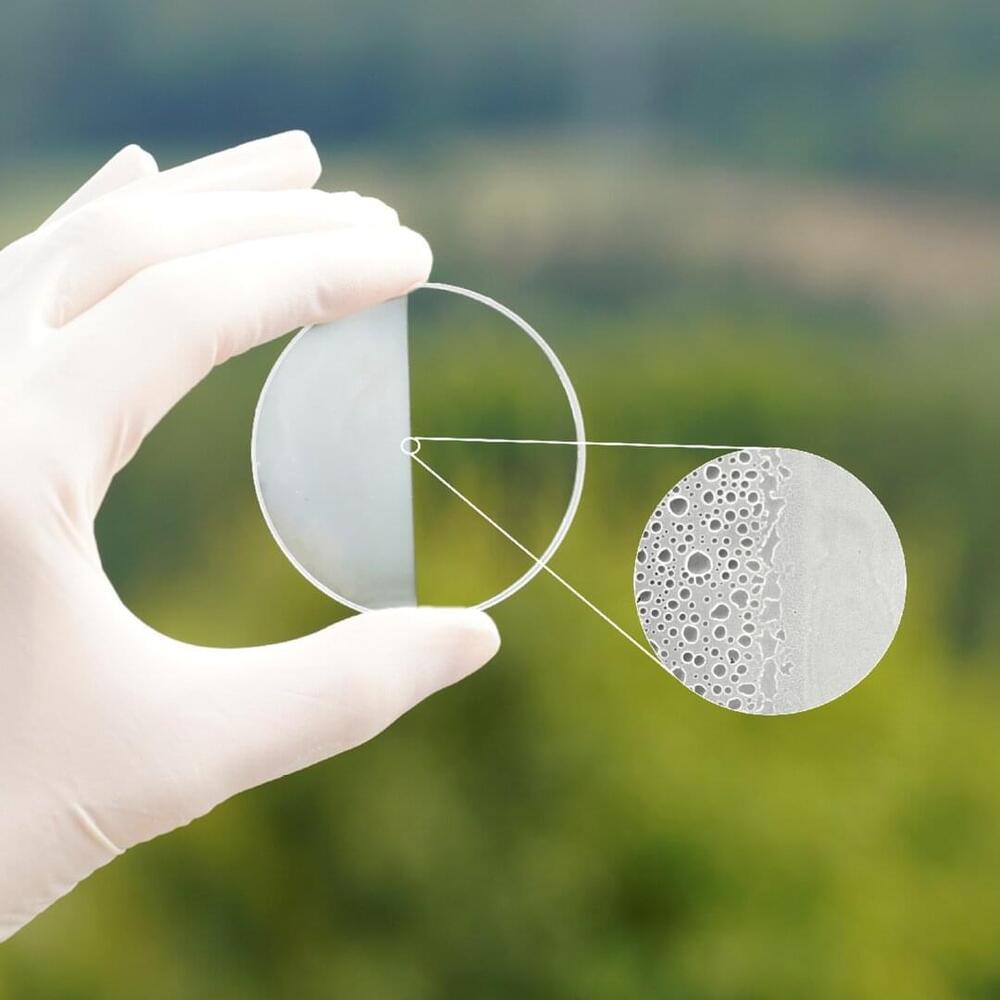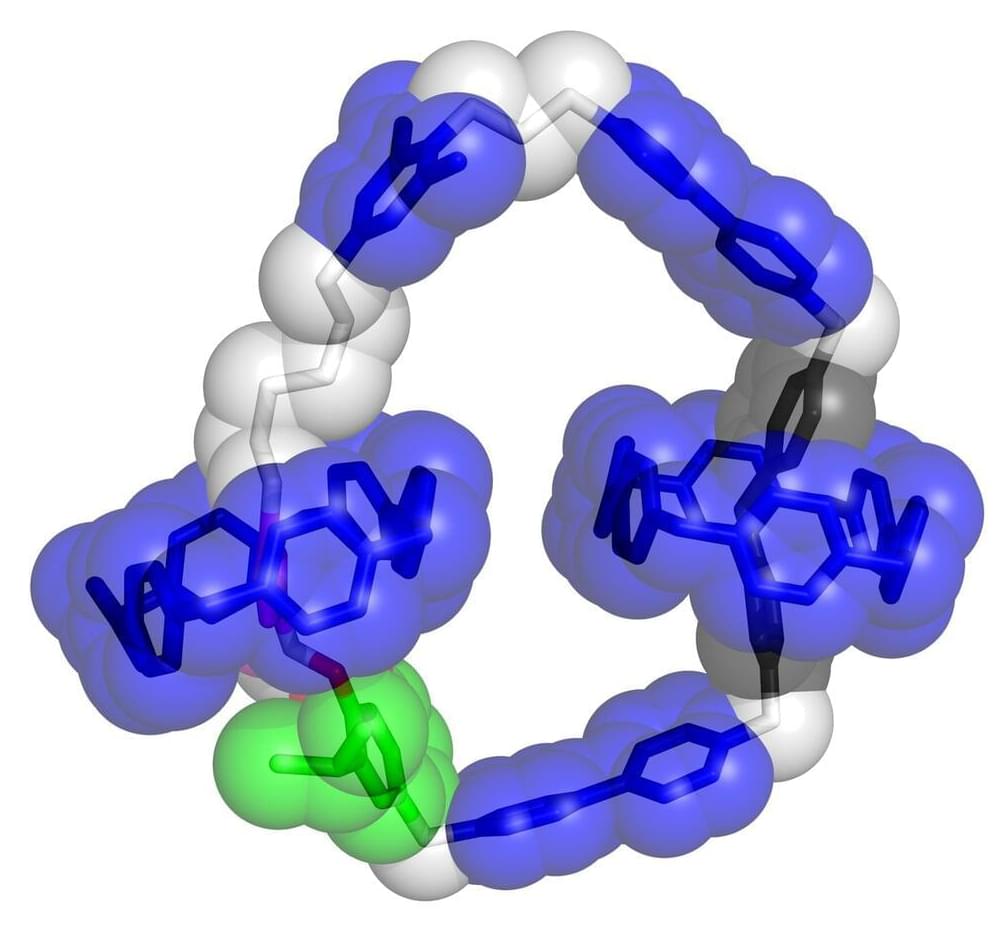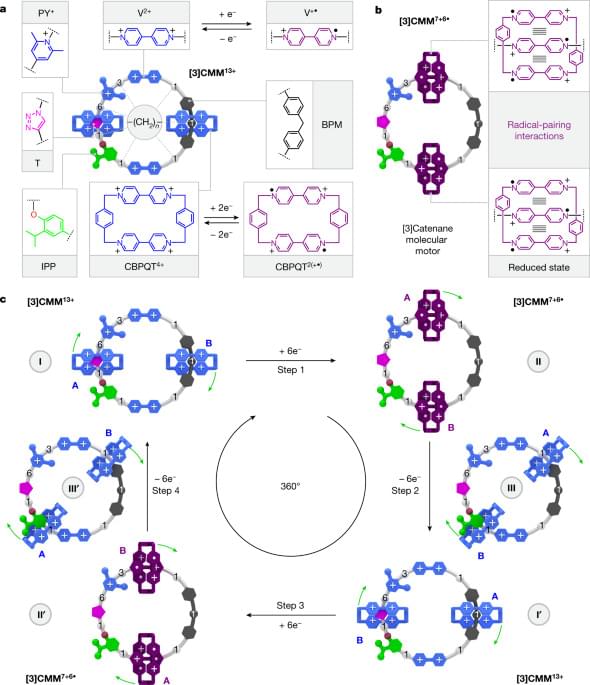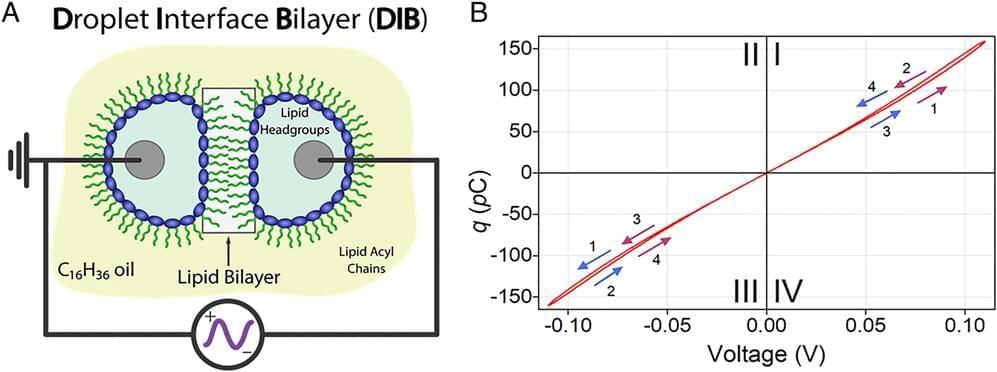Researchers have developed an optical coating system that combines antifogging and antireflective properties. The new technology could help boost the performance of lidar systems and cameras.
“Walking into a warm room from the cold outside can cause glasses to fog up, blinding the user,” said research team leader Anne Gärtner from Fraunhofer Institute for Applied Optics and Precision Engineering and Friedrich Schiller University Jena, both in Jena, Germany. “The same can happen to sensors such as the lidar systems used in autonomous cars. It is important that surfaces remain highly transparent, even if fogging occurs, so that functionality is maintained.”
In Applied Optics, Gärtner and colleagues describe how they combined a polymer coating that prevents fogging with porous silicon dioxide nanostructures that reduce reflections. Although the coatings described in the paper were designed specifically for lidar systems, the technology can be tailored for many different applications.








